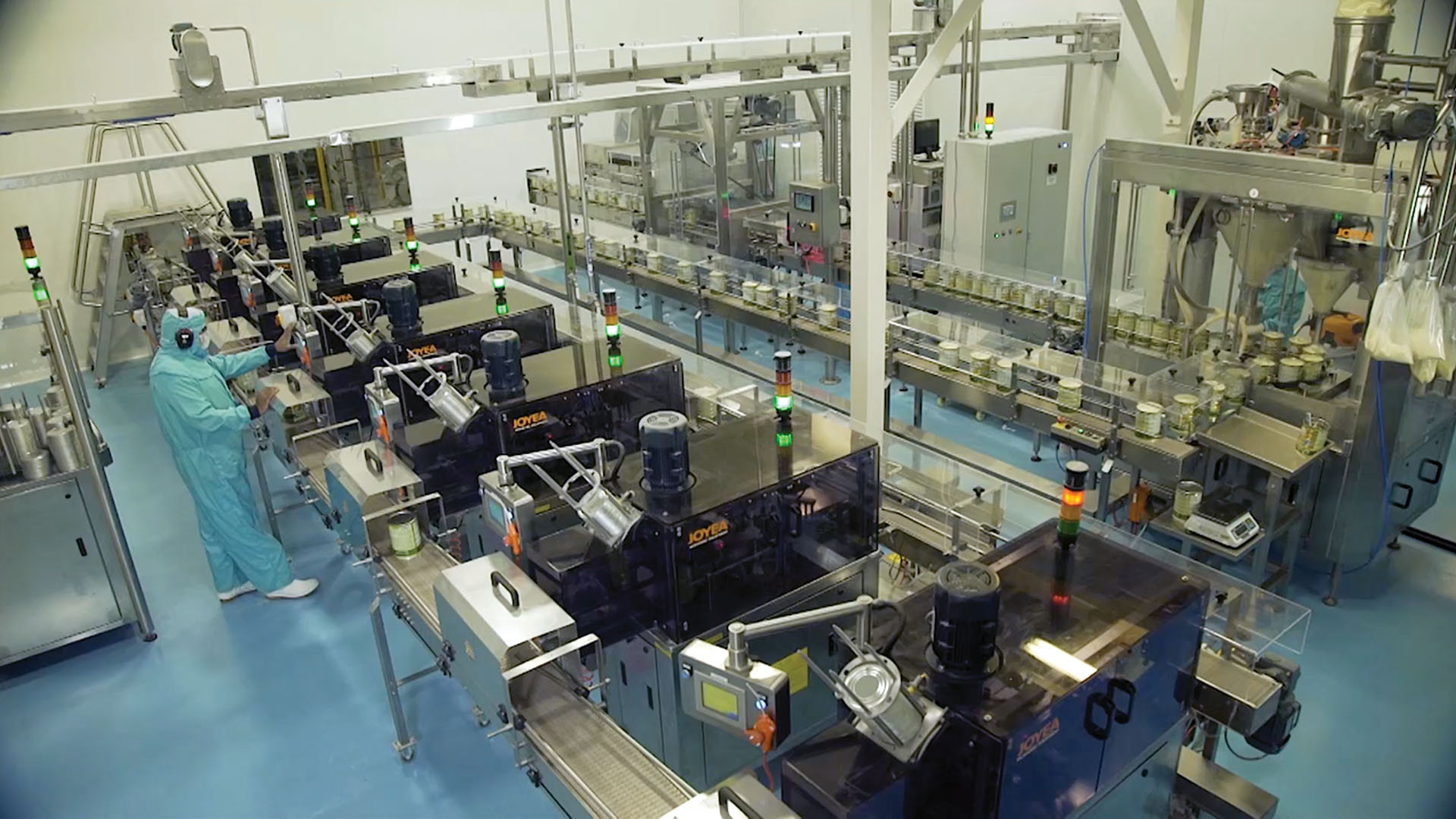When we expanded dramatically, around the late 1990s, we were really fairly naïve in terms of production line type of work. And what we found is that the manual nature of the work was causing chronic injuries for some of our employees and that was something that no one was happy about, of course.
They impacted our efficiencies, they impacted our worker’s compensation premiums dramatically over a period of a couple of years. It was pretty clear that we needed to turn our attention to initiatives that would help address that situation.
Introducing Move 4 Life
When we introduced Move 4 Life, we sort of approached it with interest, but some caution. We had a cross section of maybe 20 of our people from managers down to shop floor staff who went through a trial program – that group were pretty enthusiastic about what they saw and learned. Based on that the company decided to embark on the program across the whole business.
You need to have a bit of faith in the concept and understand that it has not just financial benefits but also in terms of employee culture and morale. We chose the option of training up our own internal employees to be equipped to deliver the Program and it was a great opportunity for some of our production operators who were enthusiastic about taking on a broader role in the business.
That’s worked really well, and whilst we naturally had some turnover of trainers we’ve got a core there who have been with us in that role for a long, long time and they love it.
Employees have engaged and the feedback is great
Some of the feedback is around the versatility of the program. It applies at work, at sport, at leisure, so it’s not just about work. A lot of our employees think it’s pretty neat that an organisation will invest in assisting them in their physical well-being that isn’t always just about their well-being at work.
The education is pretty powerful. We have a lot of aging people in our workforce and they really appreciate the fact that even though their bodies are sort of struggling in some regards they’re able to offset that by being able to use some of the techniques to good advantage to sort of balance out the natural aging process.
We’ve always had really good feedback. From CEO to casual cleaner. Our CEO really enjoyed it and endorses it.

…lost time injury frequency rate, our severity rate, our worker’s compensation premiums, have all gone in the right direction. Big time.
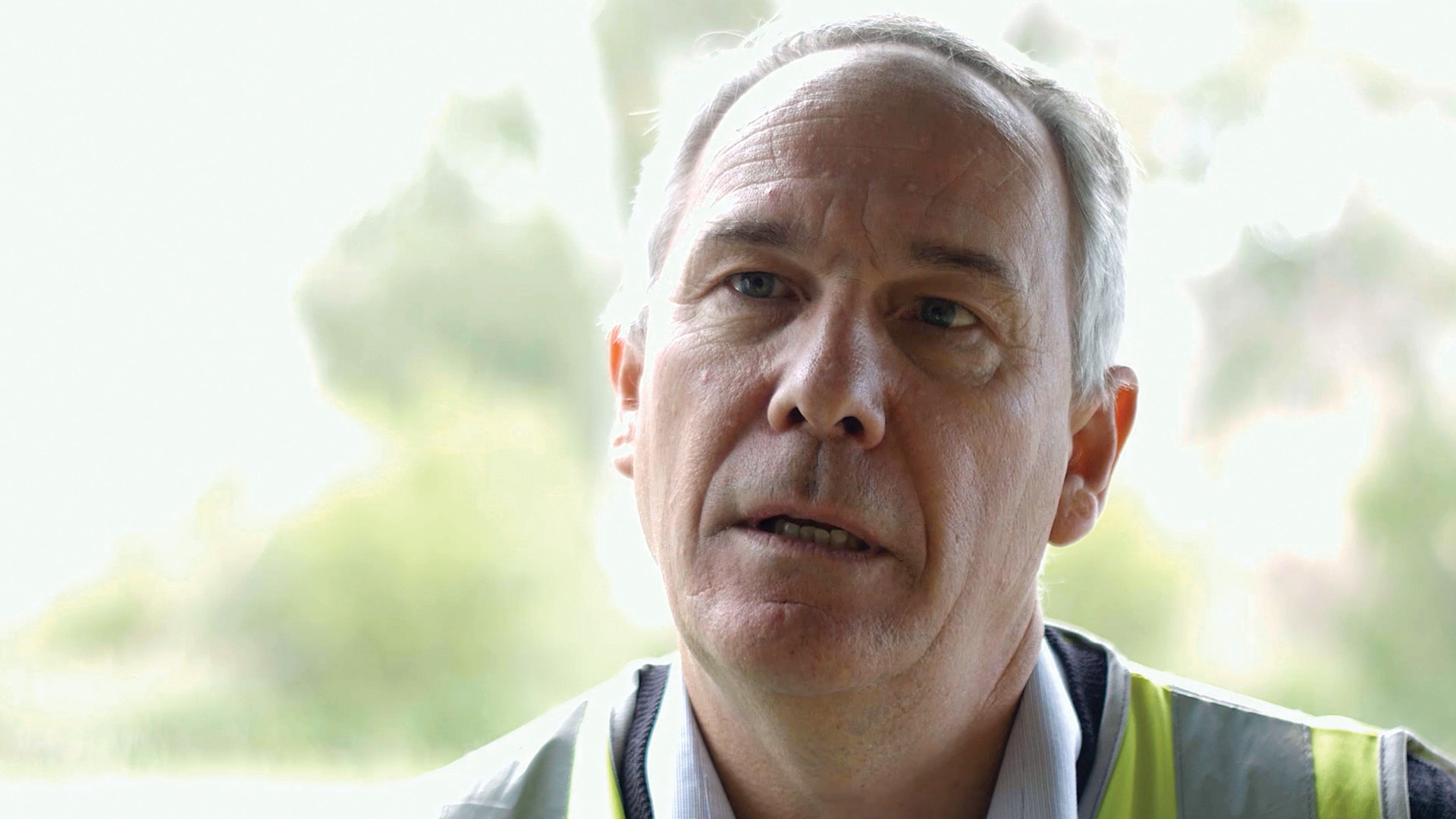
It’s a long-term, sustainable response
I think you’ve got to enter into it with a medium- to long-term view and you need to be confident that the program can deliver what it will. I was promoting the program because I did talk to a number of other users before we made that commitment. We had the confidence to enter into it with an expectation of a medium- to long-term association with Move 4 Life. Also, the quality of the trainers is really important. Plus, you then need the commitment of the line leadership to enable people to be released.
I think the value in having everyone from the CEO to the line managers doing the program is that they see the benefit of it so they’re more encouraged to release their staff.
People still get niggles and problems but what we do is we intervene quickly and use the Move 4 Life terminology as part of the process with the employees. I might come up to you and say, “I see that you’re not using your fish wings or you’re not using your power fingers to do that task,” and so we reinforce some of the concepts along the way and encourage people to remember to use them.
We get a lot of that Move 4 Life terminology into our observation processes which happens at a peer-to-peer level on the shop floor where we encourage people to politely pick one another up and then take ownership of the issue.
I think the best thing is that it’s really simple in terms of the concepts that it teaches. It’s different to the run-of-the-mill manual handling or ergonomic type training that you might get; and it’s also applicable in every working environment as it is at home.
From the moment an employee joins Bega Cheese, they’re introduced to Move 4 Life and it just gets embedded straight away as part of the culture and the expectation. Employees know about it. They’re interested in it. They take some ownership of it. So we’re looking after people at work much better, we’re providing them with some skills and abilities even outside of work, sport or leisure, stuff they can pass on to their family, and we’ve been able to channel a lot of the financial savings back into other on-site programs which actually add value to the employees.
Return on investment is strong
Looking at the overall Move 4 Life investment, and the return that Bega Cheese gets for it, I don’t think we’d be here now if there’s wasn’t a return. We’re ten years down the track, we’ve seen sustained gains from the financial performance and Move 4 Life is a key element of that. Millions of dollars we’re talking about over the course of those 10 years, definitely.
We absolutely know that things like our lost time injury frequency rate, our severity rate, our worker’s compensation premiums, have all gone in the right direction. Big time.
Equally, if not more important to us of course has been the fact that we don’t have the human cost of debilitating injuries which some of those issues or chronic injuries were. And we’ve been able to channel a lot of the financial savings back into other programs which actually add value to the employees.
Over the last 10 years our worker’s compensation premium has dropped from 7% of our wages, to about 1% of our wages. Move 4 Life has transformed a number of our employees and is highly regarded within our business as a really fine initiative that engenders a good spirit in the organisation.
It’s not a huge amount of money for the return that we believe we get from it. It’s one of our better efficiencies that we gain in terms of value for money so it’s been a winner!
It creates a lot of goodwill because the company’s investing in a program that is pretty holistic in looking after an employee, not just at work. And they enjoy it. Some of our people have gone home and they share it with their family and their kids and that’s nice too. The leverage and the value that we get from it is probably not really reflective of the modest amount that we need to invest.

… a really fine initiative that engenders a good spirit in the organisation.
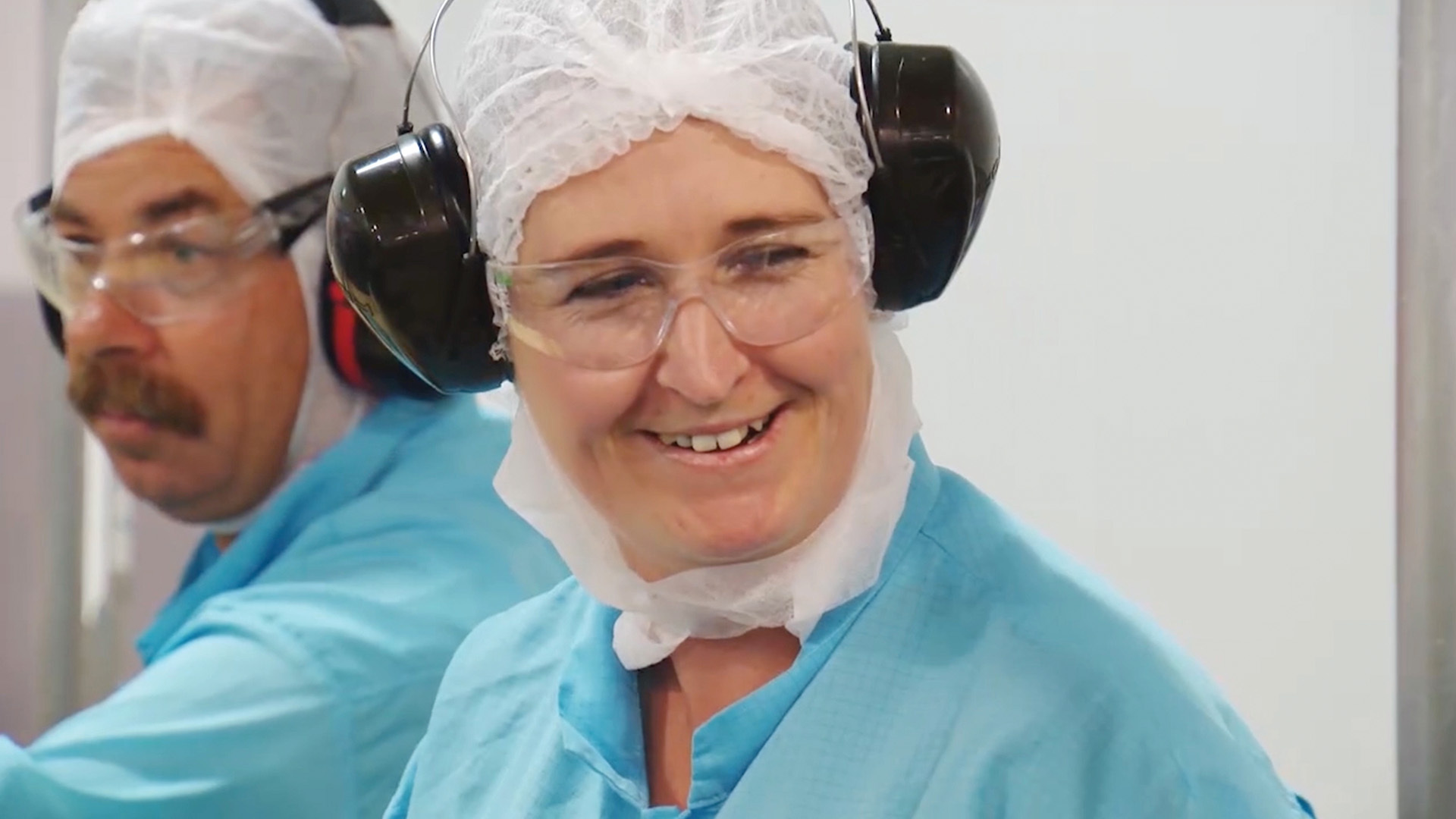
For anyone considering Move 4 Life…
I’d say that you need to have a fundamental belief in the concepts. It’s hard to quantify exactly what the benefit’s going to be, and from my point of view that’s one reason why I talked to other companies who’d run the program and if I hadn’t received reasonably good feedback I wouldn’t have proposed it, but I certainly did.
So you do your homework by all means, talk to people. But I think you need to have a bit of faith in the concept and understand that it has not just benefits in terms of potentially financial benefits but in terms of employee culture and morale when they see the investment in them.
Also, I’d suggest to other organisations going down that pathway, and where they can, to utilise their own internal employees as the ambassadors for the program because that adds some real weight to it as well.
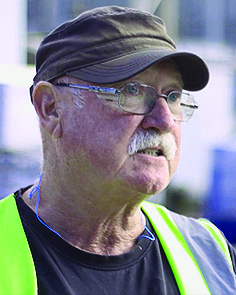
David Cliff
Maintenance Fitter
My flexibility was very limited, and I was working here and got sent on the Move 4 Life program. It’s a tremendous improvement on your life. It’s amazing how it does help. I felt the improvement, and I was coming to work and I wasn’t tired and I wasn’t sore. And that’s the main thing. Especially when you get to the stage now where you’re getting old and your body is getting old you know, it needs all the help it can get.

Estelle Mitchell
Machine Operator & MOVE Trainer
The best part about being a Move 4 Life Trainer is delivering the training and seeing the reaction. People coming up to you and saying ‘it does work’. I actually really love it. It’s improved myself and given me more confidence and things like that. I’d recommend it to any other business or anything like that to get their teams on board, get trainers on board.
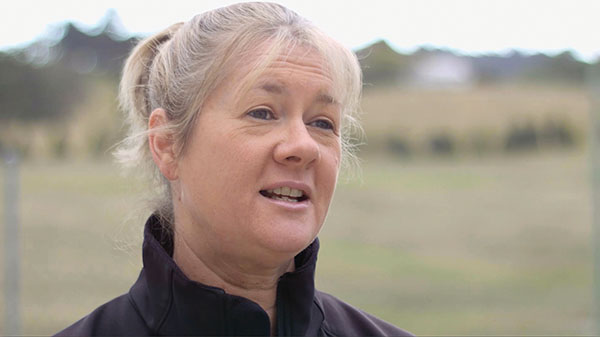
Tracey Hayward
Employee Support Officer & MOVE Trainer
It’s positive for the work crew because they know us and they know that if we didn’t agree with it we wouldn’t be doing it. Us being employees for so long will put our hand up if something’s wrong, and us being positive about Move 4 Life gives them that positive attitude as well.
I like seeing people’s faces when they’re new and they have no idea what Move 4 Life is and again they’re skeptical, saying ‘sure, sure, another 3 hours or boringness’ but by the end, they go ‘that was fantastic’ ‘that was really, really good and it was just how you gelled it all together, what you said at the beginning and how it made sense at the end’ it was just like…yep.

Luke Bye
Production Operator & MOVE Trainer
It’s not only just in the work place but it’s also in our outside of work lives. If you can’t enjoy your time off, it makes it harder to come to work. Just being able to move and being able to do the manual handling tasks that we do here, with some heavy loads, it reduces injuries, so I think it’s great.

Mary Rankin
Human Resources Manager & MOVE Trainer
After 10 years we’ve saturated almost our 750 employees with Move 4 Life. We refresh all our employees every 12 months, and they always have comments around ‘it’s so good how I’ve been reminded to do that’ or ‘I remember how to do that’. So they’ve taken that initial 3-hour training with them, 12 months later.
It’s something that sinks into their brain. We’ve got notifications around the walls about Move 4 Life and they run the 60-second Investment at line meetings so we’re forever reminding people about it. People that love it obviously use it.
So many people who have done Move 4 Life say ‘why wasn’t I taught this 20 years ago?’
Until you’ve trained it, and done it, and seen the impact that it has and the way our trainers have fallen in love with it and engaged in it … it’s just one of those things, everyone needs to try it.
